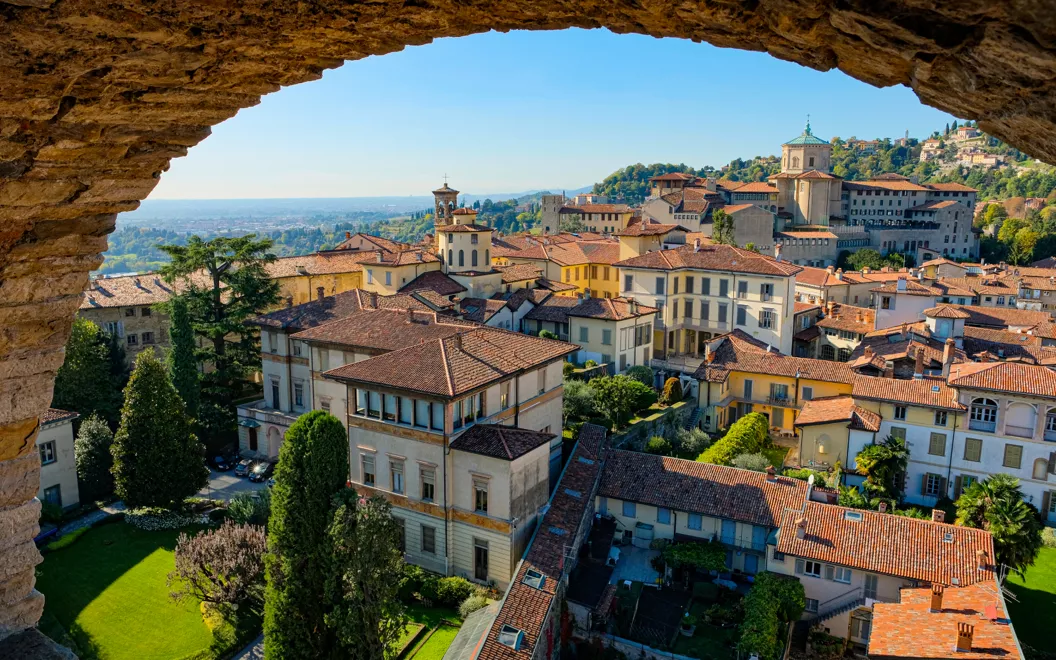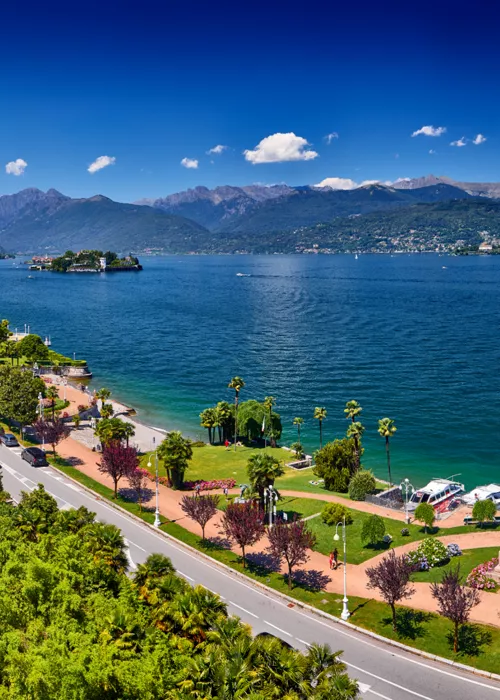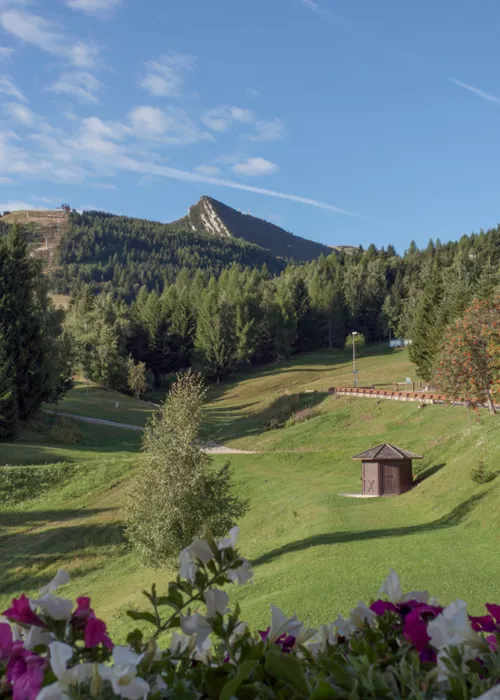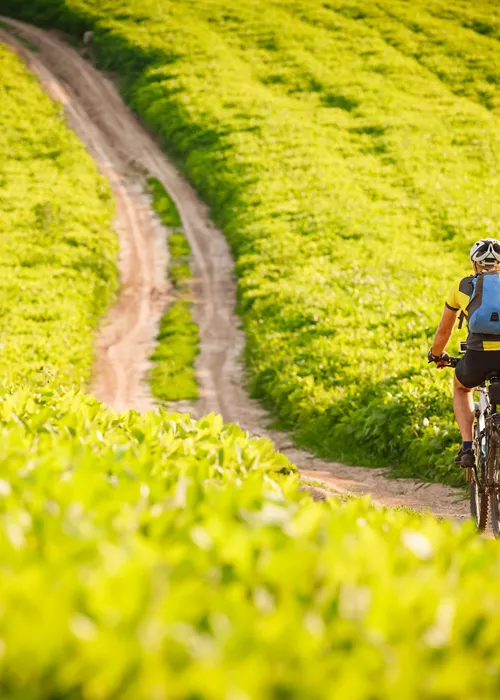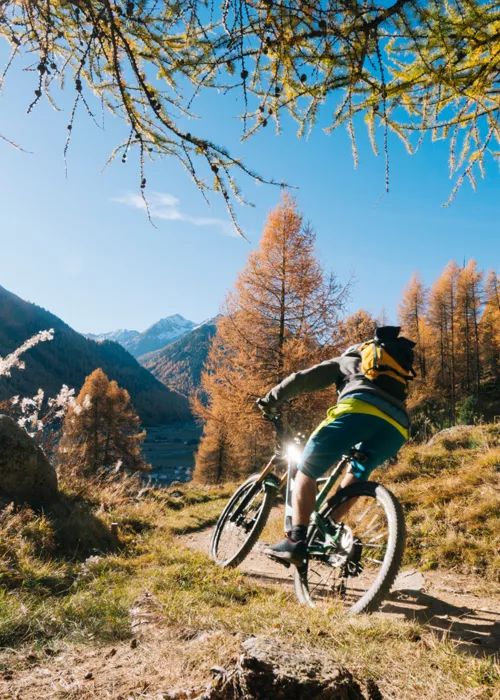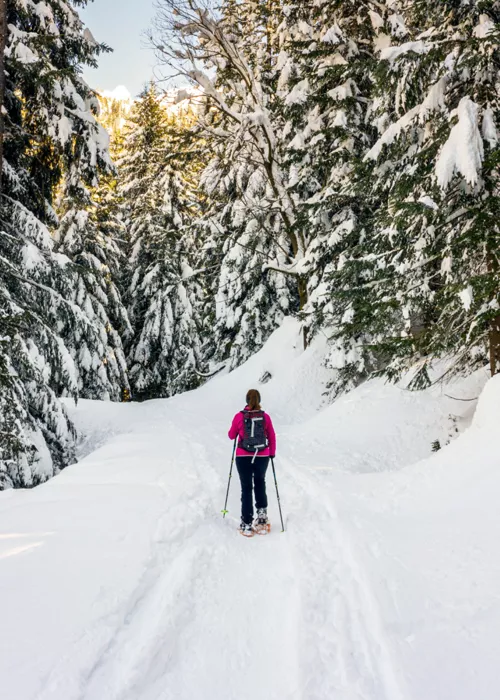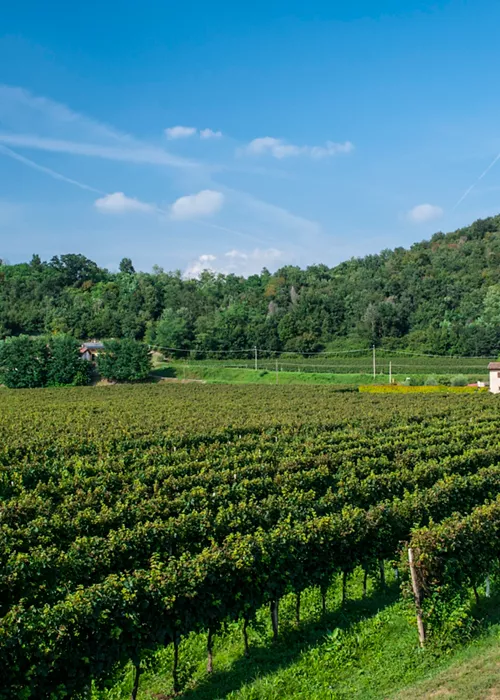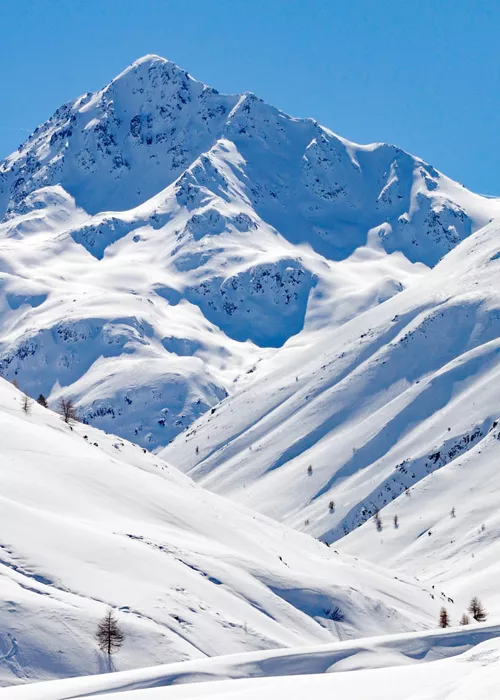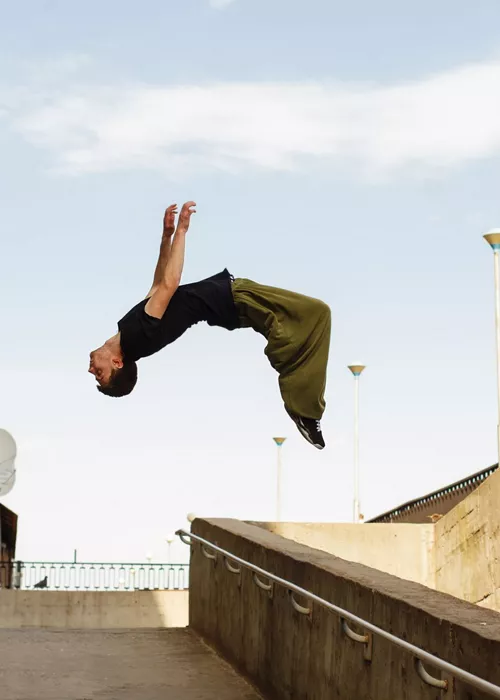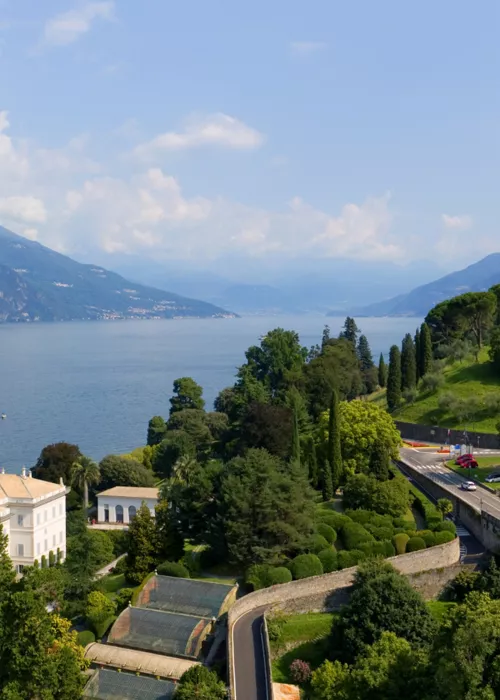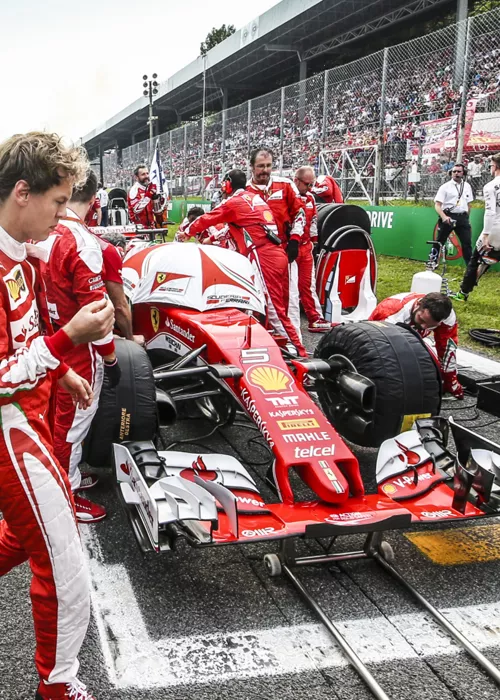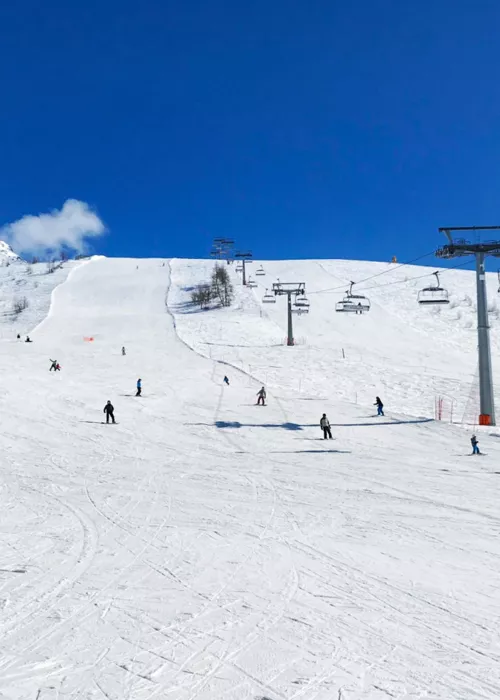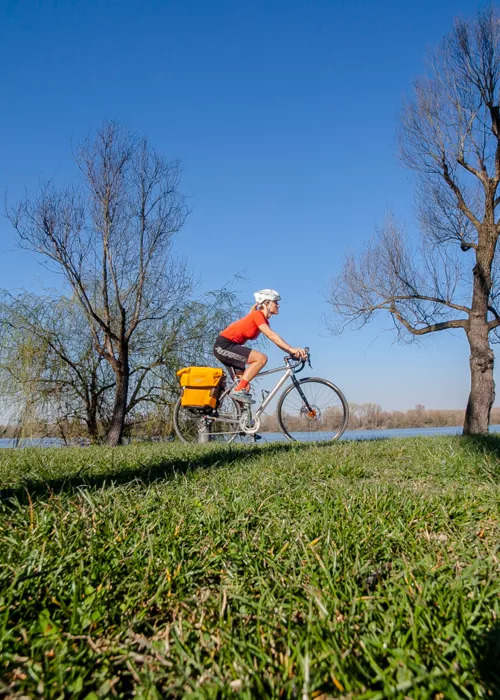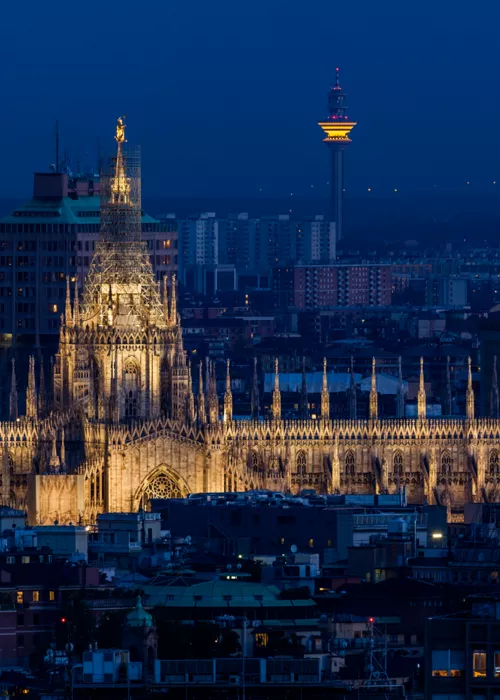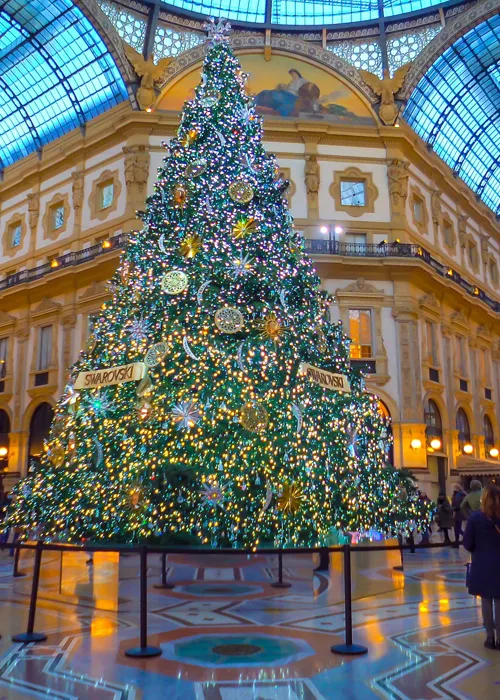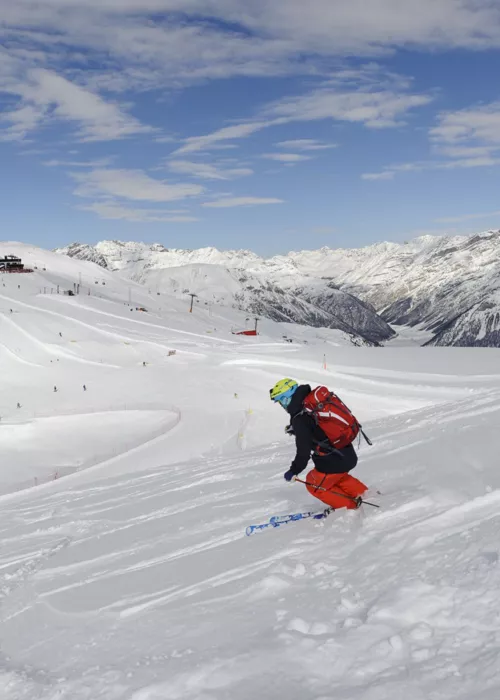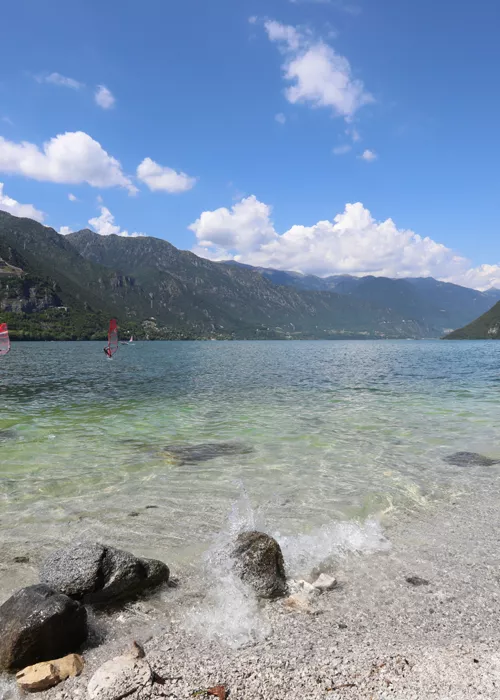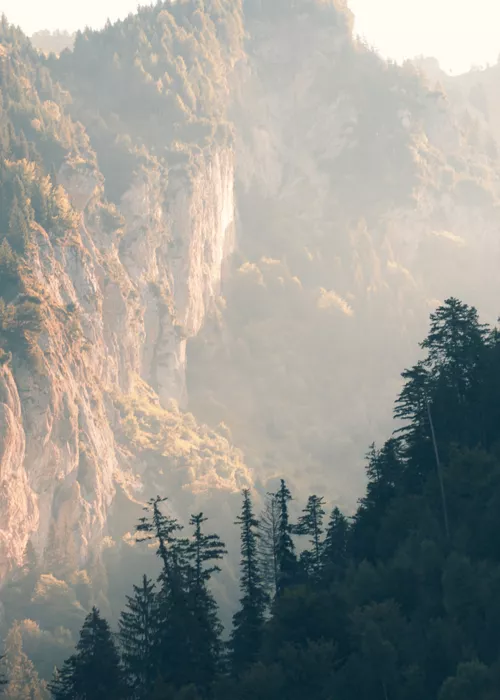Fifteenth stage of the Giro d'Italia 2023 passes from Seregno to Bergamo
4 minutes
Here we are in Lombardy for the fifteenth stage of the Giro d'Italia 2023. The athletes will start from Seregno, a small municipality that is a crossroads between Milan, Lake Como and Switzerland. This position made it a strategic location in history, especially in Roman times. The old town is rich in ancient palaces, fountains and monuments, but the tower overlooking the city is what captures everyone's attention. It is a bell tower from the Guelph era, very rare for the architecture of the time, which is thought to have belonged to the Roman Emperor Federico Barbarossa, hence the name Torre del Barbarossa, although there is really no correlation, only a chronological correspondence.
The tower is located in Piazza Vittorio Veneto, in the old town, characterised by the Monument to the Fallen of All Wars, the work of the Brianza sculptor Alfredo Sassi.
In each square in Seregno, there are fascinating works that stand out, such as the Mangia Bagaj fountain, in Piazza della Libertà, a symbol of the Visconti family, which represents a dragon in the act of 'swallowing' a child. Legend has it that the founder of the Visconti family killed the dragon to save the child; in fact, the family coat of arms depicts the same scene, depicting a dragon or 'bison' swallowing a man, or child, in its various representations.
The Collegiate Basilica of St Joseph is located in Piazza Concordia, a splendid neoclassical building, with a circular plan, dating back to 1769, which on the facade has very high white columns, embellished inside with a beautiful altar, the work of the sculptor Floriano Bodini. While another important work is the Madonna di Santa Valeria Sanctuary, an imposing red-brick building in neo-Gothic style, with rich mosaics on the outside and finely decorated on the inside. It has very high vaults and a colonnade that follows the central nave, in addition to a beautiful golden altar.
Strolling around the city you can find several parks for peaceful walks in the greenery, and you can do various activities in the area around Seregno, such as hiking, backpacking, and cycling, as well as mountain biking in the many nearby woods.
Dishes not to miss include 'cassoeula', a pork and cabbage stew cooked mainly in winter, tripe, saffron risotto, and torta paesana, a humble dessert of peasant origin, made from stale bread soaked in milk, then kneaded with sugar and eggs.
The race continues its course to Bergamo, a very important Italian city due to its numerous monuments and significant works of art; in fact, together with nearby Brescia, it has be named the 2023 Capital of Culture. The city of Brescia deserves a special mention for its wealth of historical and artistic heritage that can be seen in every corner. It was settled by the Lombards in around 560 AD, thanks to whom it enjoyed its greatest period of splendour. Testimonies of their presence are clearly visible throughout the city, but the place that best tells the story of Brescia is the Museum of Santa Giulia, a former monastery, now home to an incredible collection of artefacts ranging from prehistory to the present day. Together with the archaeological area of the Capitolium and the monastic complex of San Salvatore, the museum is a UNESCO World Heritage Site.
After a route with various ups and downs, the athletes finally arrive in Bergamo. The city is divided into two parts, the 'Citta Alta' and the 'Citta Bassa', both of very ancient origins, although the Citta Bassa has undergone greater changes due to urbanisation.
Here you can see the Venetian Walls of Bergamo, recognised as UNESCO World Heritage in 2017. They are an impressive sixteenth-century city-wall construction built by the Most Serene Republic of Venice in order to defend its borders. Today, it is possible to walk around the perimeter of the walls for about 6 kilometres, where visitors can admire the ancient bastions, cannons, gunpowder warehouses, and the4 imposing gates, namely: San Giacomo, San Lorenzo, Sant'Alessandro and Sant'Agostino.
When you arrive in Bergamo, we recommend a ride on the funicolare, a kind of tram that leads from the centre to the medieval heart of the city through the walls. It is a route that lets you see all the beauty of the area, whilst comfortably seated. A visit to the Accademia Carrara is not to be missed, where you can take a close look at the works of the greatest masters of the Renaissance: Botticelli, Raffaello, Tiziano, Bellini, Lotto and Moroni. And in the ancient Teatro Donizetti, you can listen to the works of the great composer Gaetano Donizetti, who was born in Bergamo in 1797, where international events and festivals are organised every year.
There are many points of interest throughout the city, as well as the many municipal gardens, well-kept oases where you can relax in the midst of the lush greenery. However, a visit to the Parco dei Colli di Bergamo is a must. This is a protected area of more than 5,000 hectares, starting from the historic Citta Alta and including several neighbouring municipalities, bordered by two rivers: the Brembo and the Serio. Consisting of terraces, vineyards and vegetable gardens, where you can go for a stroll and admire the view over the hills and nearby mountains, this is the perfect spot for excursions through the many paths that go from the woods to the valleys, to the terraces.
The rich land has provided the food and wine heritage of Bergamo over the centuries, which produces excellent raw ingredients, in accordance with ancient tradition. The undisputed queen of Bergamo cuisine is surely polenta, made with coarse cornmeal flour and enjoyed with stews, cheeses, or mushrooms from the nearby woods. You must also try: the casoncelli, fresh pasta ravioli, or the delicious DOP cheeses for the wide variety of types; the wines of superior quality and the excellent desserts.
The stage podium
Chef Enrico Croatti's Milanese risotto for a taste Lombardy
Milanese risotto is a traditional Lombard culinary recipe, which can also be enjoyed in a more modern manner, thanks to its timeless ingredients.

